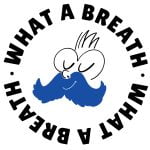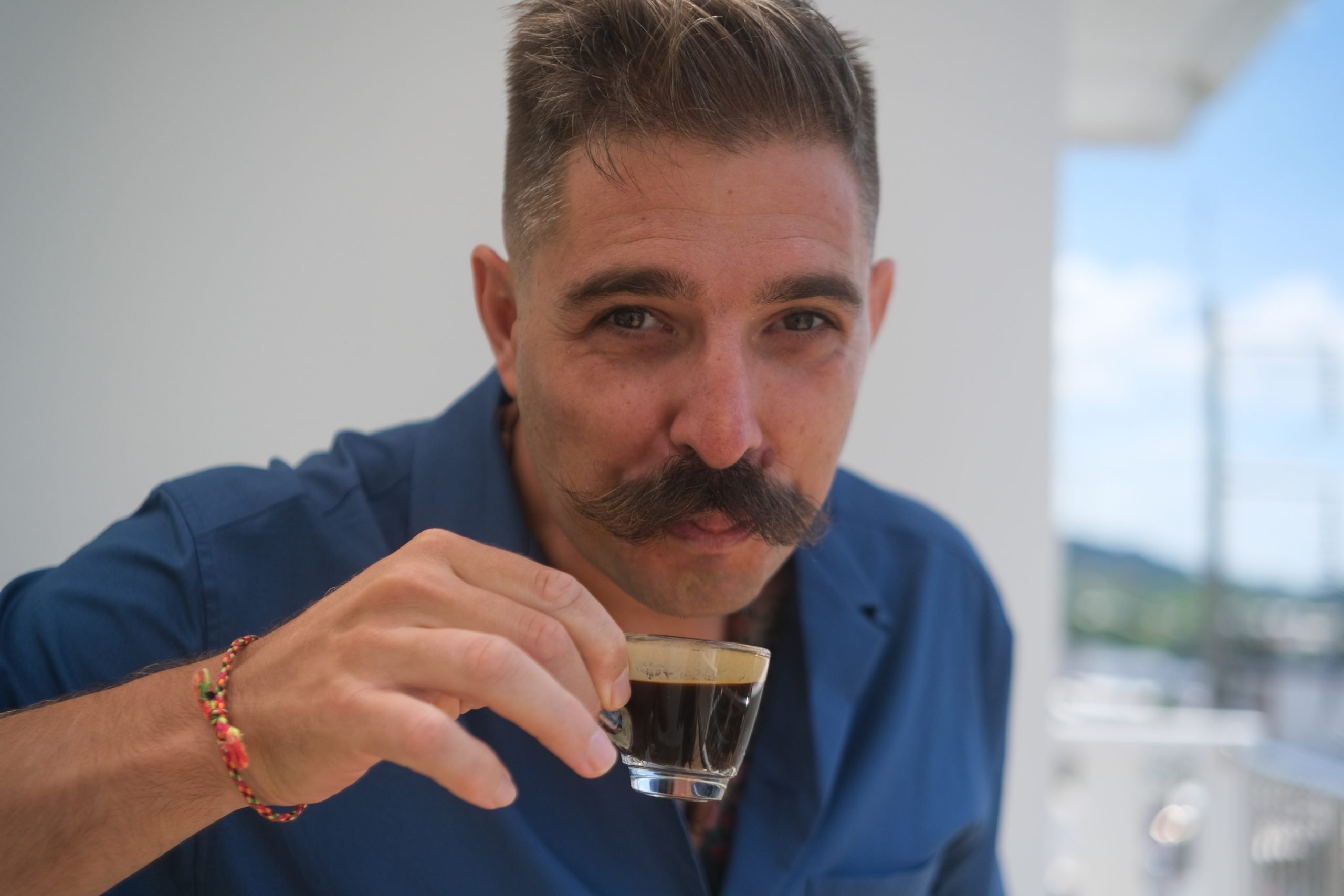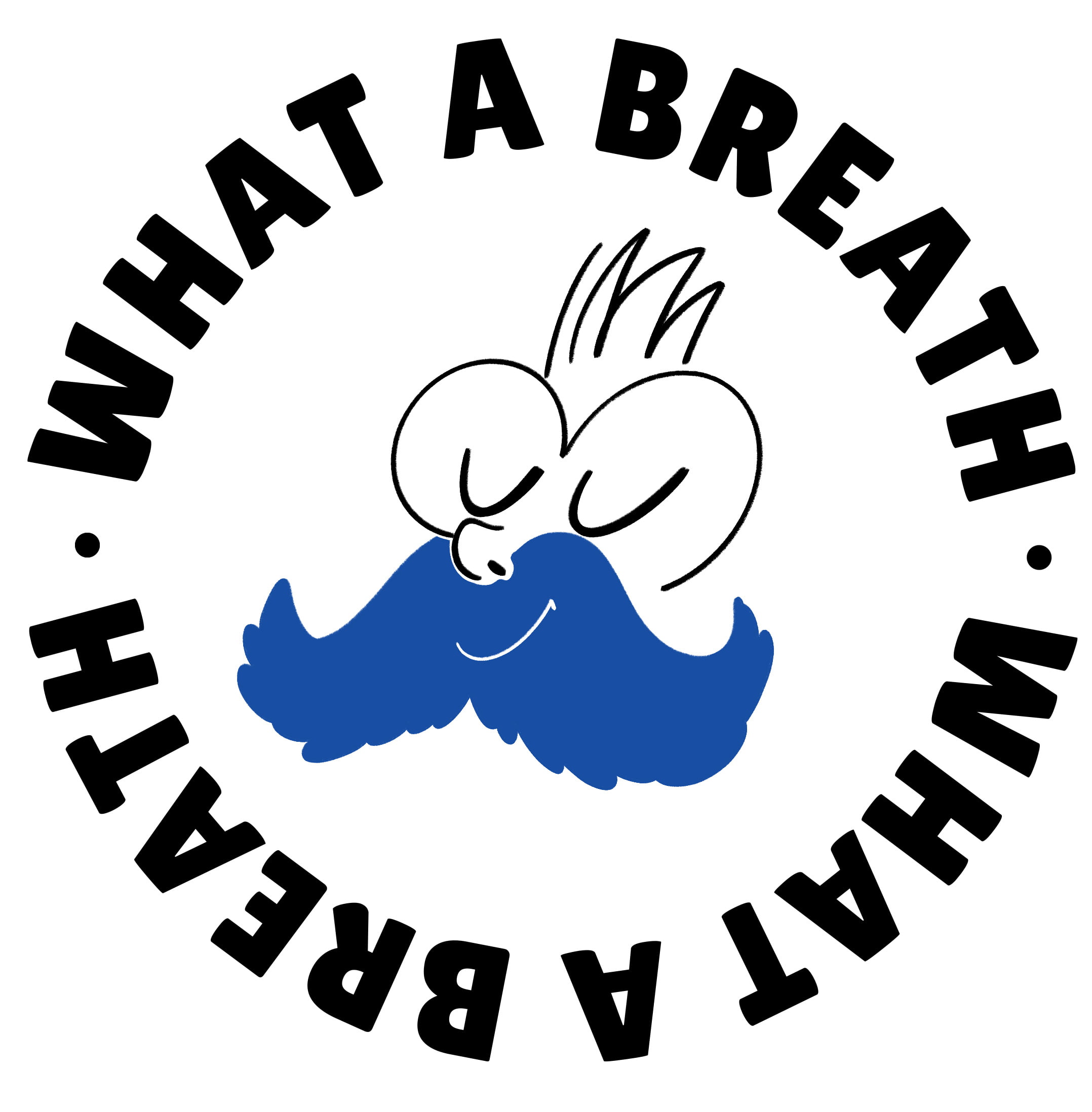Anyone who has explored the world of wellness or biohacking has probably heard of Wim Hof, “The Iceman.” A man like no other, famous for his feats that border on the superhuman: immersions in icy water, shirtless climbs on snowy mountains, marathons in the desert without drinking. But more than his stunts, Wim Hof Method has really drawn the attention of thousands—scientists included
His protocol is based on three pillars: breathing, cold exposure, and mindset. At first glance it might seem like a New Age gimmick, but there are scientific studies that support (at least in part) its benefits. And criticisms aren’t lacking either.
The benefits of the Wim Hof Method: what science actually says
Let’s start with the main attraction: breathing. The practice involves a sequence of deep breaths followed by retention, all in repeated cycles. It may seem simple, but the physiological changes that occur during these exercises are significant. Several studies, including one published in PNAS (Proceedings of the National Academy of Sciences), show that this type of breathing can influence the autonomic nervous system, increasing adrenaline production and reducing inflammation.
It has been shown that practitioners of the Wim Hof Method can modulate their immune response in unusual ways—for example, reducing symptoms artificially triggered by bacterial toxins. This surprised many researchers, since it was believed the autonomic nervous system couldn’t be voluntarily influenced.
Also Controlled exposure to cold appears to have interesting effects. It increases mitochondrial production (the power plants of our cells), improves peripheral circulation, and activates so-called brown fat, a type of adipose tissue that burns calories to produce heat. Some say it even improves stress tolerance, sleep quality, and mood, thanks to the release of endorphins.
Finally, the mental component. Many practitioners talk about a feeling of centeredness, clarity, and inner strength. These effects are hard to measure in the lab, but it’s likely that the combination of breathing, cold, and discipline creates a form of psychological resilience that's genuine.
But is everything that freezes gold?
Not quite. While there are documented benefits, it’s also important to talk about the risks. The Wim Hof Method isn’t for everyone, and practicing it superficially can be dangerous.
The Hyperventilated breathing, for example, can cause dizziness, tingling, and even loss of consciousness. It’s essential to practice it in a safe environment, and never in water: there have been documented cases of drowning caused by blackouts during breath retention.
Cold exposure can also be dangerous, especially for people with cardiovascular issues, high blood pressure, or respiratory conditions. The idea of sitting in an ice bath might sound fascinating, but for some it can trigger extreme cardiac responses.
Another criticism concerns the lack of structured training. The method has spread massively online, and many start practicing it without any supervision. This inevitably leads to misunderstandings, dangerous oversimplifications, and sometimes accidents.
Finally, some accuse Wim Hof of being more of a skilled communicator than a real scientist. That may be true: his charismatic personality and “showy” approach can be off-putting to those looking for academic rigor. Still, it must be acknowledged that he has succeeded in bringing public attention to breathing practices and the importance of managing physiological stress.
If you want more information about this method or want to try it in complete safety, you can contact me: i am a certified Wim Hof instructor!
Is it worth trying?
If you’re curious and in good health, the Wim Hof Method can be a transformative experience. The benefits are real, but they must be approached with respect and awareness. It’s not a shortcut to becoming a superhuman, but it can help you rediscover forgotten inner resources—provided you don’t take it lightly.
As with everything that involves body and mind, the best advice is still: listen to yourself.






